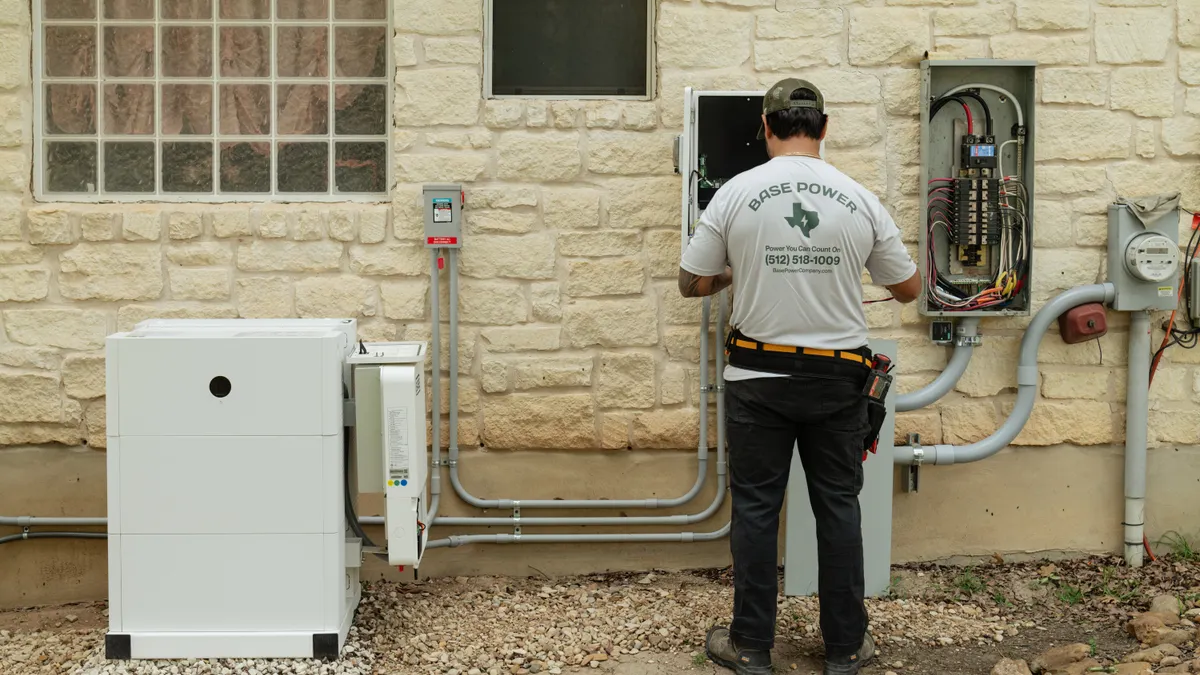The following is a contributed article by Mike Henchen and Sherri Billimoria from the Rocky Mountain Institute.
Not all energy efficiency savings are created equal.
The traditional goals of energy efficiency have been to save money, improve health, and reduce environmental impacts. Historically, the way to achieve this goal was simple: reduce the amount of electricity and gas consumed in buildings, across the board.
Now, as the electric grid has gotten cleaner, achieving these three goals requires new approaches: Meaningfully reducing carbon emissions will require fuel-switching — increasing the amount of electricity consumed while decreasing fossil fuel use — and prioritizing efficiency at certain times more than others.
These statements may seem counterintuitive to traditional energy efficiency mindsets and programs but capturing these new opportunities can offer meaningful carbon reduction beyond simply reducing consumption across the board.
The grid is getting cleaner, providing new opportunities for emissions reductions
We have made immense progress at greening the electric grid, meaning that we can use electricity in new ways to achieve emissions reductions.
Ten years ago, our power system was dominated by coal. With such a carbon-intensive grid, reducing electricity in buildings was critical to emissions reductions, even more so than similar reductions in gas use.
The ever-cheaper supply of renewable energy resources, such as wind and solar power, has upended this thinking. Renewables are now expected to surpass coal on the U.S. power system as early as 2021, and the carbon dioxide pollution per unit of electricity is down 30% nationwide since 2005.
Fuel switching can save emissions — and will increase total electricity use
Because the electric grid is so much cleaner than it was previously, switching from gas-fired space and water heaters to highly-efficient electric heat pumps can save emissions. Adding new electricity demand will increase the number of kilowatt-hours consumed by a household, but it will reduce the amount of natural gas or heating oil used — and reduce emissions.
Traditional energy efficiency looked separately at the kilowatt-hours of electricity and therms of natural gas consumed, separately valuing reductions in both categories. By widening the lens to look at total energy usage or total emissions, we can see that fuel-switching can achieve the same goals as traditional energy efficiency: improving health, saving money and reducing emissions.
Demand flexibility provides further opportunities for emissions reductions
While the electric grid has gotten far cleaner overall, the emissions from electricity can vary significantly depending on time of day. This means that reducing customer emissions depends not just on using less electricity, but on when customers use their electricity.
For example, in California, customers need to shift their usage to the midday hours with abundant solar energy and reduce usage in evening hours when demand is high and electricity is dirtier. Shifting usage, in addition to reducing overall consumption, must be part of our overall efficiency strategy.
Many electric devices, including new electric loads, have flexible energy demand that can be matched to availability of clean power sources. For example, water heaters and electric vehicles can be programmed to shift their energy consumption to times when clean power is abundant. When this flexible demand is coupled with time-varying rate design, customers also have the opportunity to save on their electric bills.
More sophisticated energy management platforms allow us to approach shaping energy demand in buildings as a resource — providing services to grid, just like more traditional resources such as power plants. Properly valuing these services could unlock new investments in resources including smart appliances, programmable thermostats and new high-efficiency electric heat pumps.
Standards need to change to reflect benefits of fuel-switching
In order to capture the many benefits of fuel-switching and load-shaping, we also need to rethink some of the existing policies that govern efficiency. Many well-intentioned efficiency policies can hinder these new opportunities to optimize our energy use and reduce emissions.
For example, in some parts of the country, energy efficiency resource standards focus on reducing electricity use as opposed to total energy use from all fuels, thereby missing an opportunity to value the efficiency savings from electrification. Many states have policies that prevent or disincentivize fuel-switching, hindering efforts to move away from gas-powered appliances to those powered by clean electricity.
Shifting programs and policies to better reflect our core priorities — reducing emissions and saving money — can allow energy efficiency programs to have bigger impacts.
Ultimately, energy optimization is about turning our homes, businesses, hospitals, schools and other buildings into contributors to our personal and collective health and wealth by reducing overall energy use and aligning remaining energy use to take advantage of the availability of clean, zero-carbon energy sources.
As clean electricity has become abundant and cheap, the options to achieve that vision have expanded, and we must ensure our energy efficiency strategies and programs take advantage of these new opportunities.



















